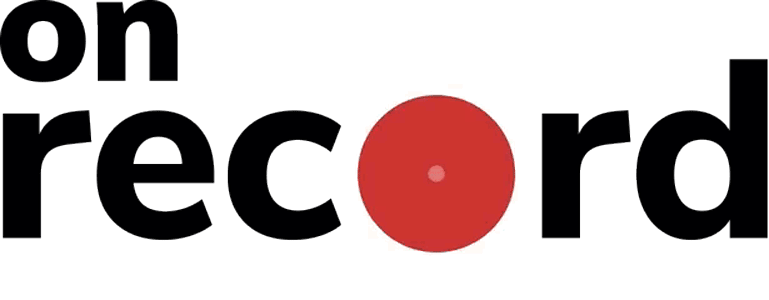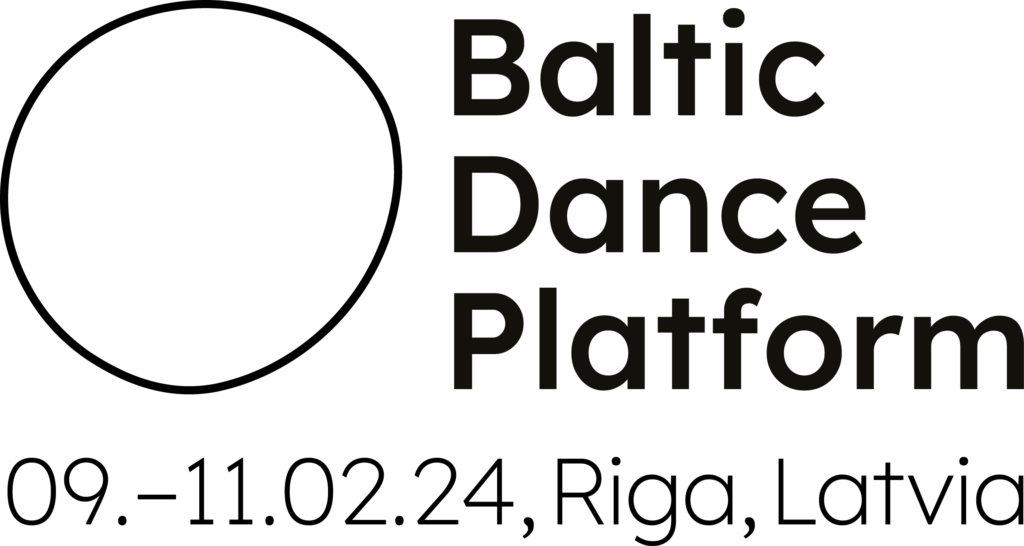All photos © Rihards Klaužs
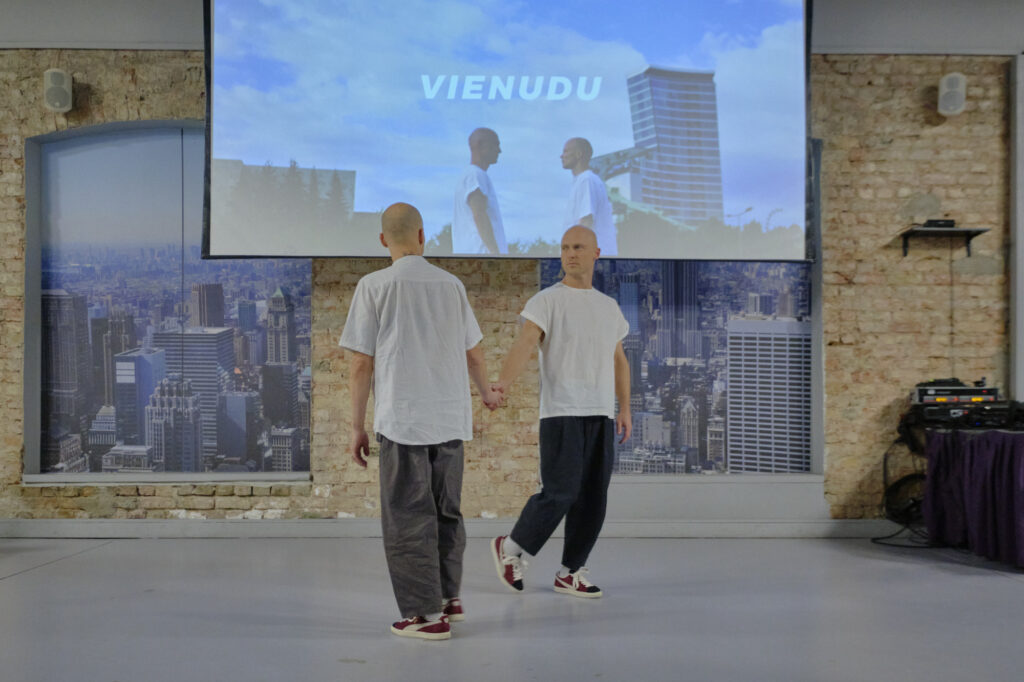
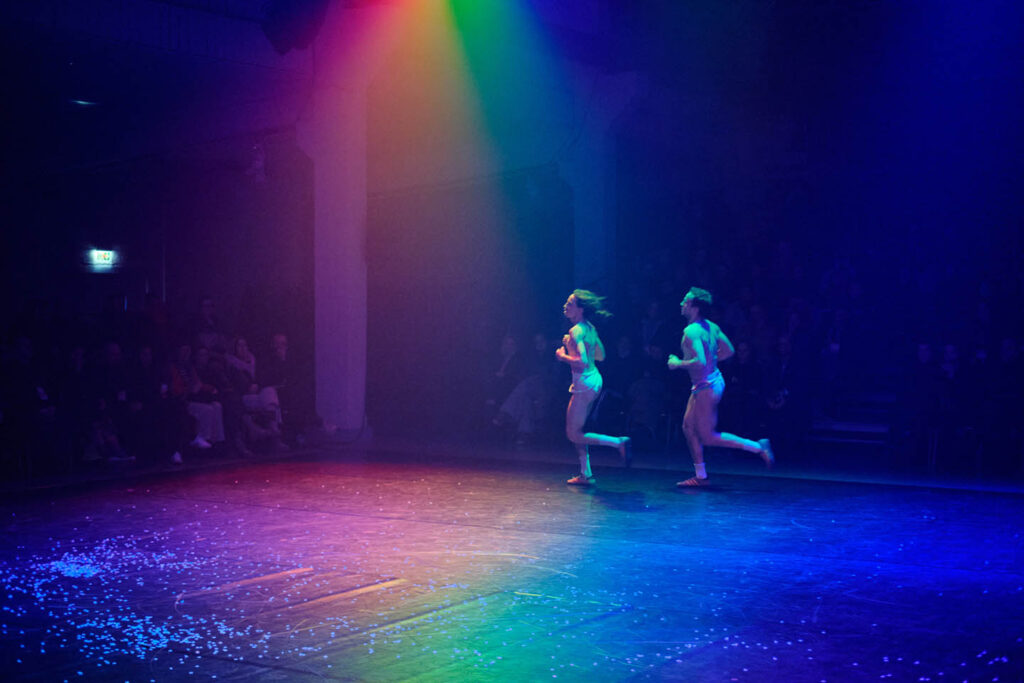
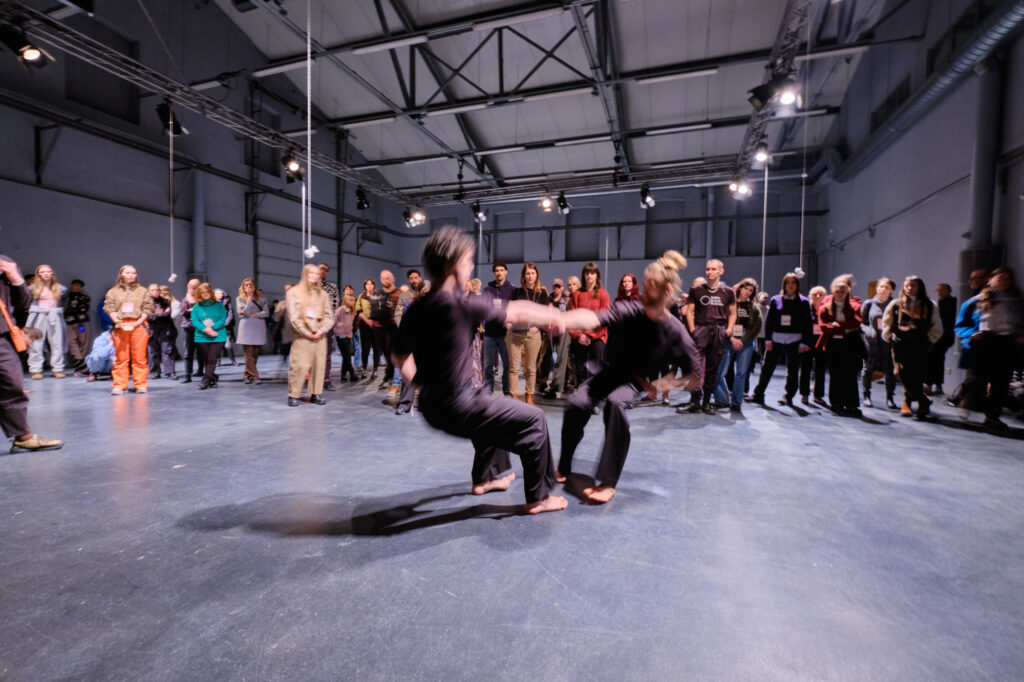
It’s a stereotype, but with some truth in it: that female friendships are more “face to face”, directly addressing each other, while male friendships are more “side by side”, with a shared direction or common focus.
What happens when two men turn to face each other? We might imagine a handshake, a gesture of contact and complicity that is equable without being intimate. Or we might picture a “face off”, with its sense of confrontation or oneupmanship. If the facing comes closer it might turn into a face-down, one man backing away. Or maybe the distance will disperse into an affectionate bro-hug, with backslaps. Or might the facing melt the homosocial barrier altogether, dissolving distance in a kiss? For as along as I can remember, I’ve been conscious of such ambivalences when facing other men: where to turn, how close to stand, how much to mirror and how much to make way.
But let’s turn from social psychology towards dance. It was interesting that three works at Baltic Dance Platform put two men face to face, and that each piece produced a similar kinetic result: circling.
Laurynas Žakevičius and Rokas Šaltenis from Lithuanian hip-hop dance theatre company Low Air showed an excerpt from their duet Vienudu. Shaven-headed in simple white shirts, as matched as alter egos, each circles the other, pacing the perimeter of their space, reaching across with a handshake grip, or building a rotational moment of low jumps and skids – eyes locked on the other’s eyes all the while. The air between the two is alive with the ambivalence of two men staying face to face.
Staying close-up and face to face is the challenge for Lukas Karvelis and Benoit Couchot at the beginning of Yet Another Day in Paradise. They clasp each other very close – closer and tighter than kissing distance – as they try to stay balanced atop a single skateboard. This is made even more difficult by their toweringly high-heeled platform boots, and by the task they are undertaking: to divest each other of their stretchy-strappy clothing. It’s as if they are trying to keep connected while peeling away the encrustations of their accoutrements and accessories – a fiendishly difficult goal.
Is some other, more sustainable proximity possible? The rest of the piece seems to explore this question in more physically expansive terms, unencumbered by awkward set-ups and hyper-signifying shoes. In four sections, the two men find circling connections across distance and actions, whether with rotational symmetry, spiralling towards and away from each other, or in parallel, jogging around a perimeter, or rolling log-like together, with head and eyes held tight.
If the question of intimacy seems the implicit axis of Karvelis and Couchot’s dance dynamics, it feels like a side-issue, maybe even a non-issue, in another piece where two men circle face-to-face: Vērpete by Krišjānis Sants and Erik Eriksson. There are still ambivalences, uncertainties and instabilities, but here they are founded on physics and physicality. The pair’s circlings open wide and close tight, becoming spirals in which we sense both the outward tug and the inward pull. Sants and Eriksson tilt away from each other, wrist clasped over wrist, or they wheel around with hooked elbows, or lean in, shoulder against shoulder. Or they expand the distance between them, swerving towards the outer reaches of the room, only to veer back into a propeller spin, its axis formed by their gripped hands.
There are only two fixed points in this space: the musicians, in opposite corners of the room. Everything else moves around – dancers, audience, focal points, perspectives, lights, sounds – always turning and tilting, like the world. Vērpete might look like two men, circling, but after a while it’s no longer about them, it’s about us.
